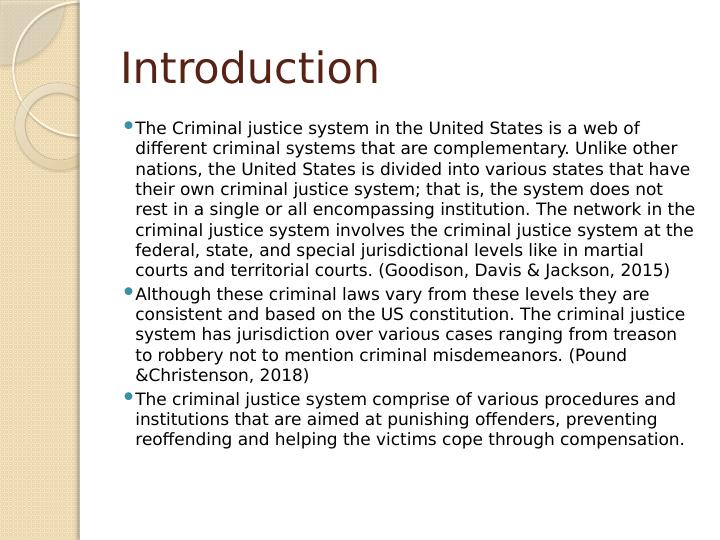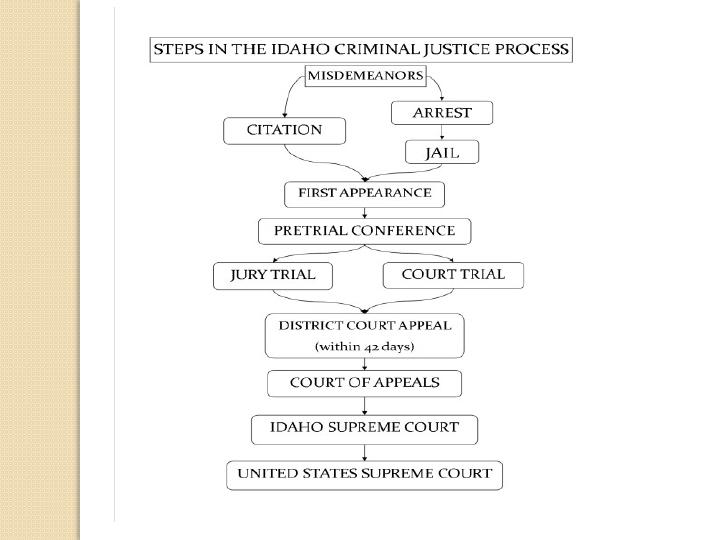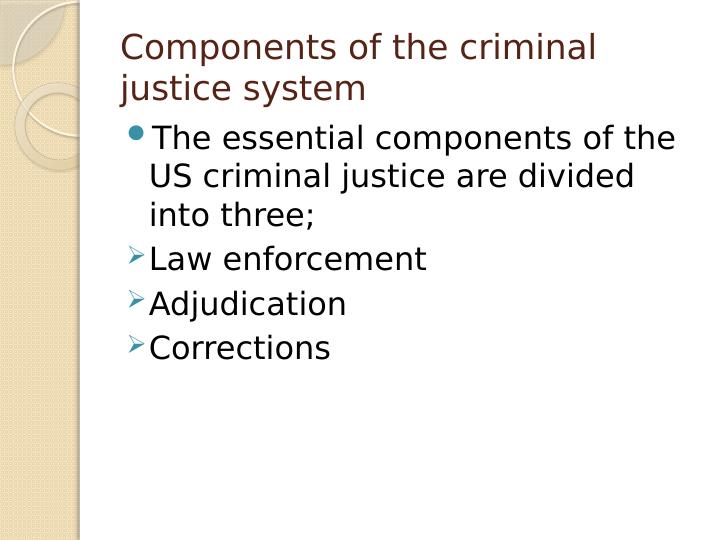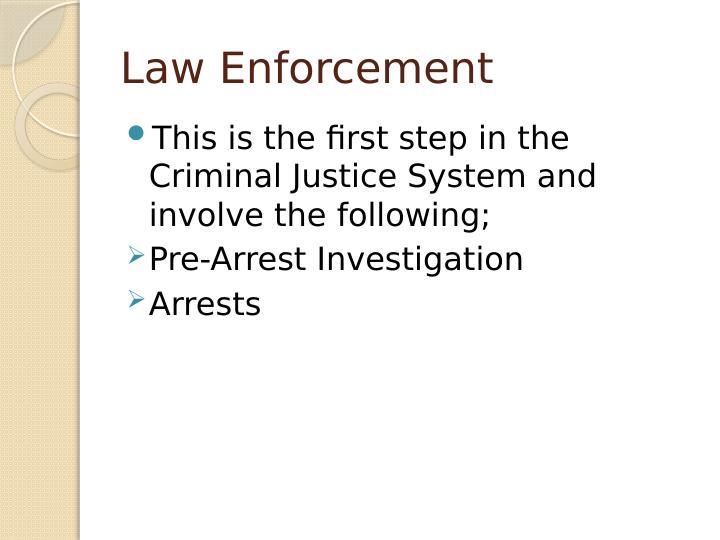Components of the Criminal Justice System
Added on 2023-03-20
17 Pages1329 Words40 Views
End of preview
Want to access all the pages? Upload your documents or become a member.
Criminal Justice Assignment 2022
|7
|1468
|12
Question Answer on the Pretrial Process Assignment 2022
|9
|2015
|37
Criminal Procedures of a Felony Crime | Report
|8
|2055
|18
Child Abuse: Stages in the Criminal Justice Process
|10
|2330
|151
Miranda Rights and Their Importance in a Trial
|5
|1070
|449
Case Analysis in Light of the Criminal Justice
|5
|1158
|68




